For an avid deer hunter, few times of the year conjure up the same degree of sheer and unabated anticipation as the rut. We treat the month of November as if it were a lengthy holiday; the likes of we intend to celebrate in earnest. Hours of vacation time from work are spent, calendars are cleared, and honey-do lists are neglected, all in an attempt to spend every available moment afield experiencing all that this magical portion of season offers.
Perhaps one of the most exciting attributes of this segment of season comes in the form of an aggressive shift in whitetail behavior that is readily observed by those present to experience it. Bucks brawl with much tenacity for breeding rights, whitetails vocalize with one another to a degree that is seldom heard at other points in the season, and does are ran far and wide to the point of impending exhaustion.
With such a substantial level of outward expression and jockeying for position in herd hierarchy, no better time exists for a hunter to get aggressive in their attempt to put a tag on a stellar whitetail buck. However, many hunters are still reluctant to think outside of the box when hunting the rut. Although the use of a strategic and carefully plotted approach at any point during season is advisable, the rut is not the time to be passive. The following is a list of aggressive rut hunting tactics that will put you in better contention to punch your tag.
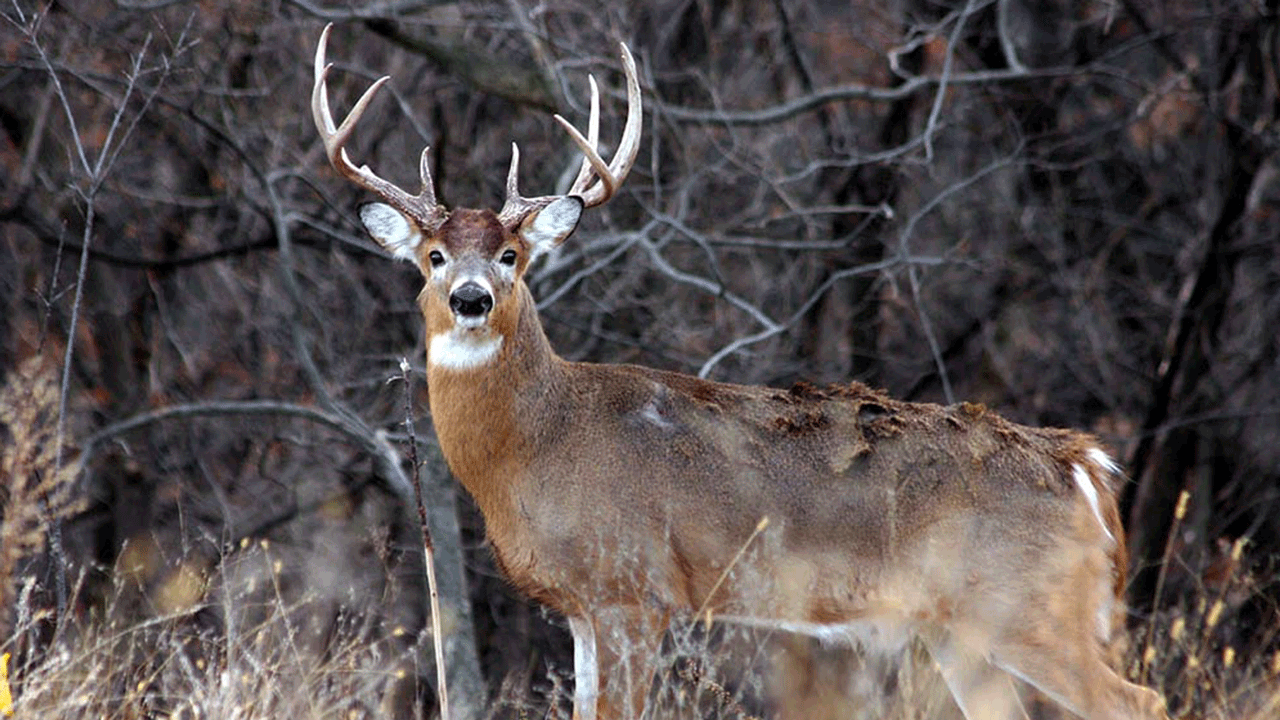
Will you sit back and watch the rut unfold, or will you make it happen this season? (Photo by National Park Service)
Rattle Your Way To Success
Deer are naturally curious and territorial creatures. They have an instinctive desire to investigate any situation that could potentially have a bearing on herd dynamics. Deer, especially bucks, are hard-wired to display their dominance in an attempt to lay claim to territory and the subsequent breeding rights. Because of this, deer are conditioned to respond in interest to the sound of a territorial dispute.
Rattling can be an indispensable tool when attempting to put yourself in contention to fill your buck tag. The pre-rut is often the most effective time to utilize rattling, as bucks are typically not yet locked down with does, and are anxiously awaiting the first estrous doe of season. At this point, tensions run high and territorial disputes are common, leading to an often-frenzied response to any event that might signify a change in herd hierarchy.
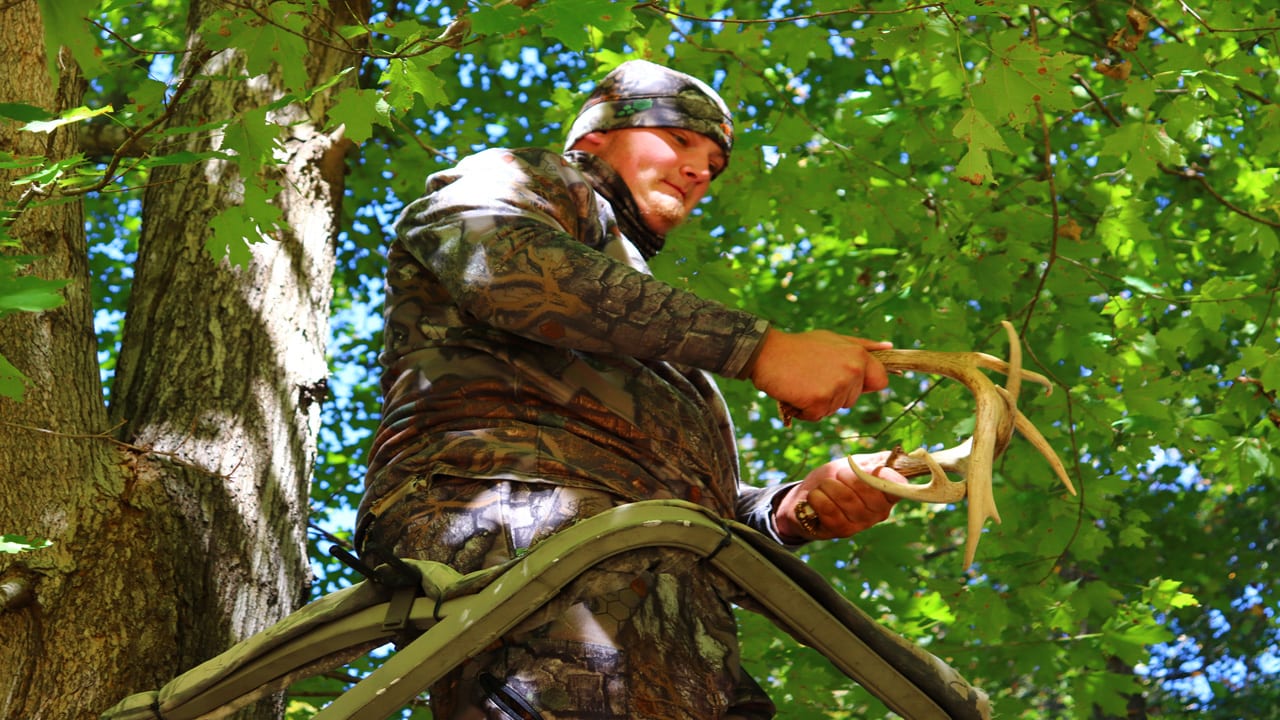
Rattling has the unique potential to be able to draw bucks from long distances when conditions are right.
Decoy A Buck Into Range
The use of a decoy is an effective aggressive rut tactic for much the same reason that rattling is of significant value. A dominant buck rules his territory with an iron fist, so to speak, defending his area and the breeding rights that come with it from any would-be intruder. When a dominant buck spots another buck that he feels is encroaching upon his territory, the ramifications are often intense and come swiftly.
The use of a decoy can be increasingly valuable during the rut when hunting wide swaths of open ground such as river or creek bottoms and agricultural fields. This creates a level of attraction between any sizeable or mature buck that enters the field and the decoy that you have employed, often diverting any attention away from you while situated in a way as to overlook the spectacle. As with any other piece of equipment used, significant consideration should be given to scent control pertaining to your decoy.
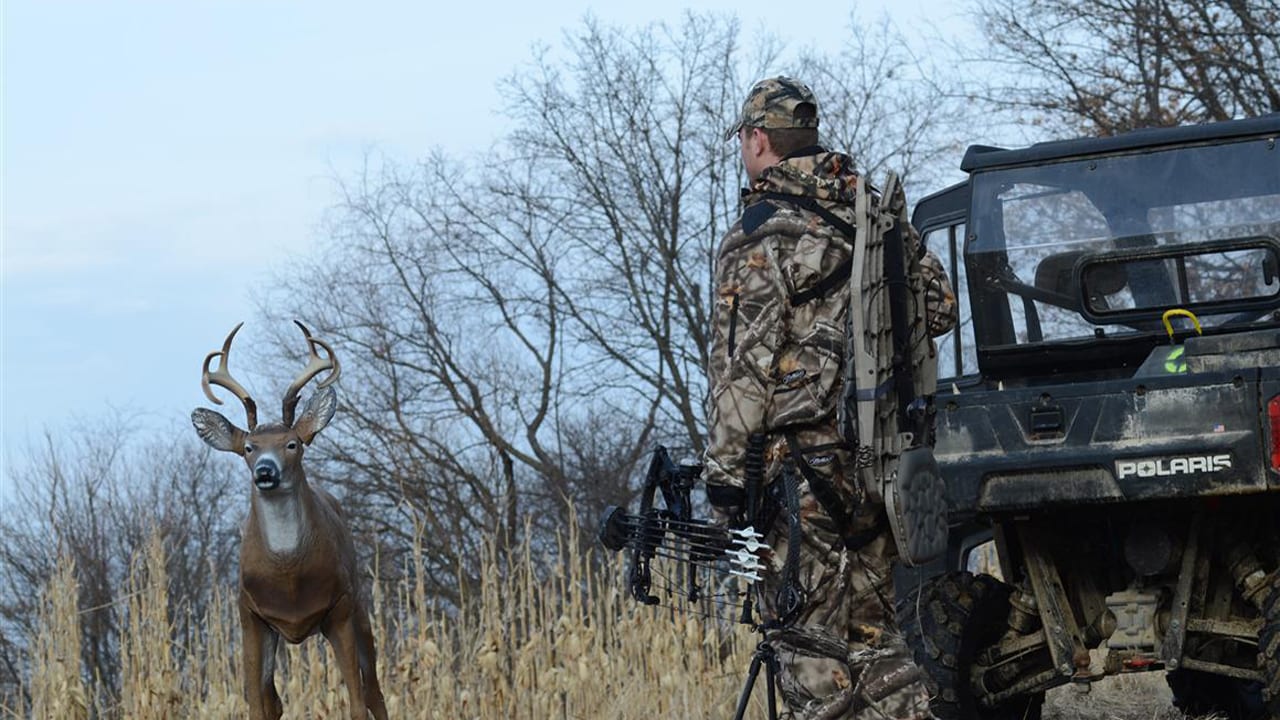
Stake down your decoy in the perfect spot and you just might find a big buck in your lap.
Make Sense of Scents
Deer rely on, to the utmost extent, their senses for everything from basic survival, to efficiently completing the breeding process. Perhaps the most powerful and heavily relied upon of a deer’s senses is the sense of smell. As any hunter that has set foot in the woods can tell you, a deer’s sense of smell can bust you before ever even getting seated in your stand. However, this same outright reliance on the sense of smell can be used to exploit vulnerability in a buck during the rut.
During the rut, bucks use their sense of smell to locate estrus does. In fact, bucks are so efficient at this practice that they can quickly, from a distance, determine if a doe is at the point in her estrus cycle to be a viable candidate for breeding. A hunter can utilize this knowledge to convince a buck of the presence of a hot doe with the use of doe-in estrus urine. The urine can be subsequently placed on a scent wick, placed within a scrape, or used in conjunction with a scent drag.
A hunter can also use buck urine to entice a buck into a territorial response in a display of aggression. As the buck attempts to stake his claim to the area and root out the would-be intruder, he unknowingly displays a brief moment of vulnerability as he approaches the area in which a hunter is located.
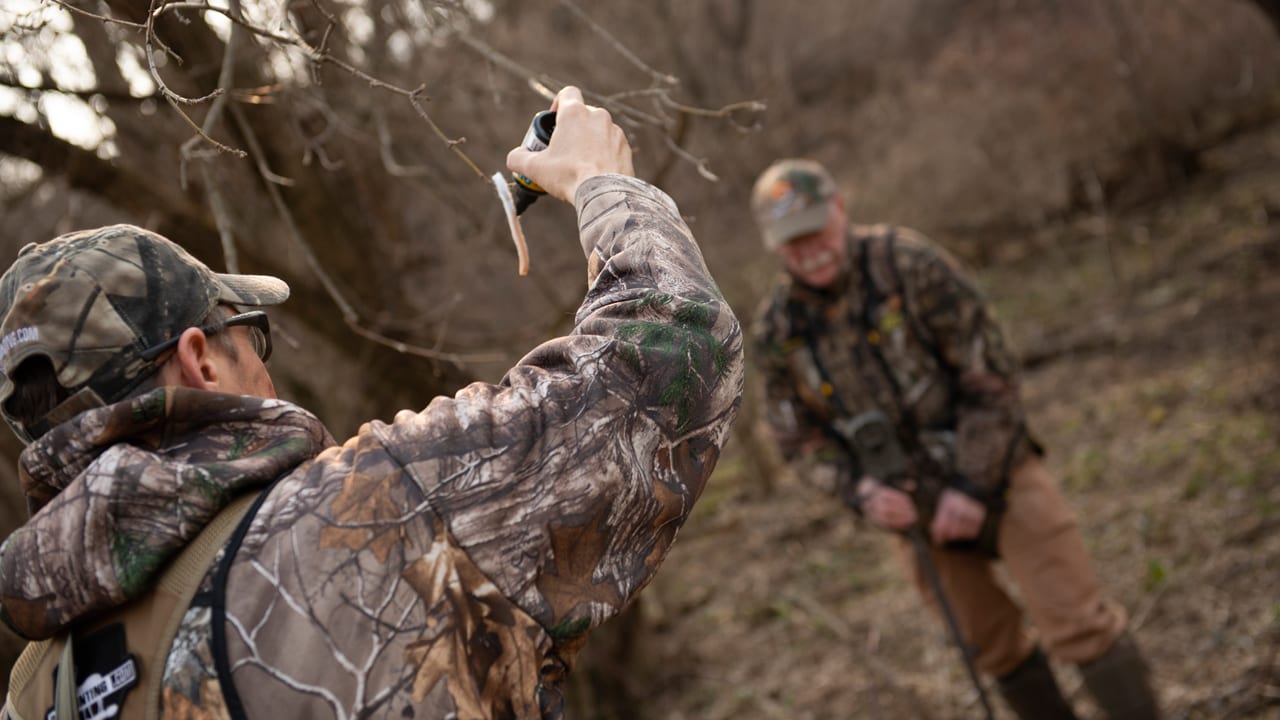
The use of urine and other glandular based scents can be a highly efficient tactic when attempting to draw a territorial response from a dominant buck during the rut.
Talk The Talk
Deer can be notably vocal at times. This is seldom more evident than during the rut. Both bucks and does use their own unique sets of vocalizations to express their willingness to breed, as well as to express discontent for other deer that are becoming intrusive to the process. Does bleat at varying times of the year. However, during the rut, a form of this vocalization, known as the estrus bleat, is used to express a willingness and readiness to stand for breeding. Likewise, a buck grunts to express excitement when in pursuit of a doe during the rut, as well as to make known discontentment for other bucks that they do not wish to share their territory with.
Both doe bleat and grunt calls can be used to blind call during the rut, by initiating a call sequence followed by a period of rest while awaiting a response. Additionally, both a doe bleat and grunt call can be used to entice a buck that is visible into bow range if they are still distant.
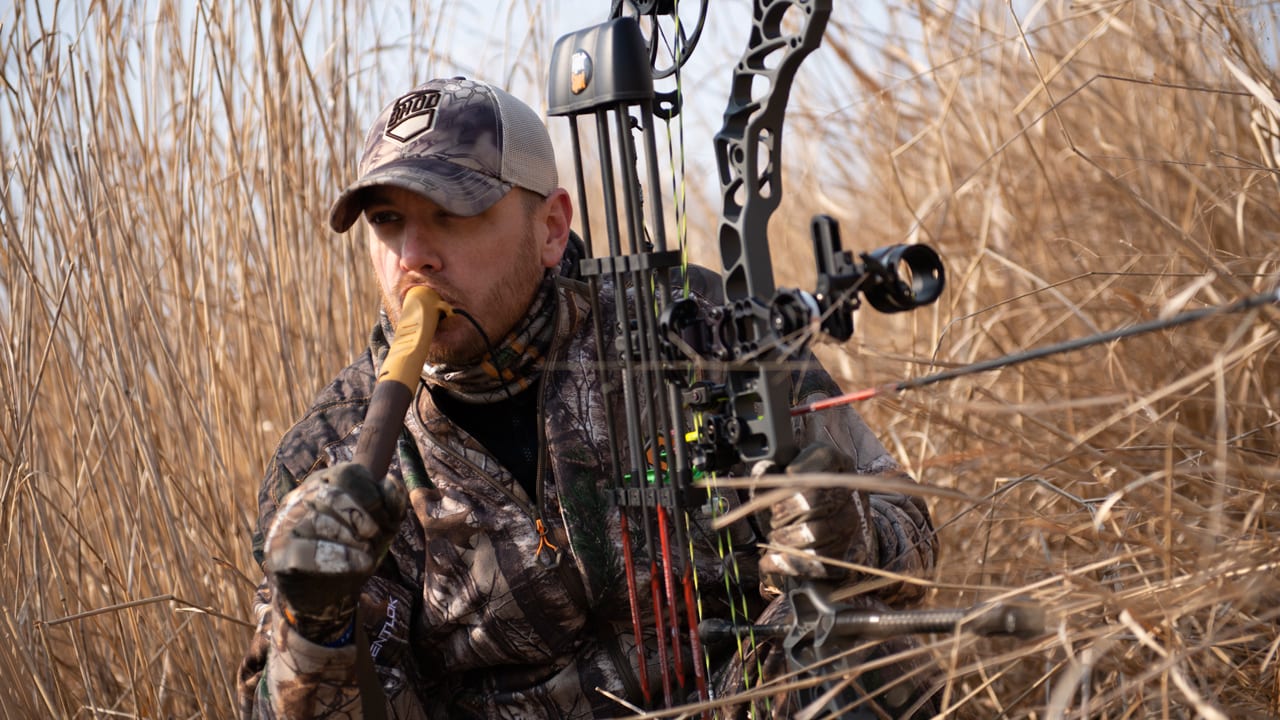
Bucks and does alike, are quite vocal during the rut. Join the conversation and lure rutting bucks to your location.
Get Into The Thick Of Things
Experienced hunters know that the key to consistently tagging mature bucks is being where they are, or where they want to be. This same rule applies when hunting the rut. Just as you would attempt to key in on early season bucks by hunting overlooking high-value food sources, you can now situate yourself in areas that are highly probable to contain does, or harbor bucks as they travel in search of does. For the most part, this means pushing far closer to doe bedding areas than one would be comfortable doing at any other point during the season.
Bucks use pinch points and funnels on the downwind side of doe bedding areas to scent check for does nearing heat. Because of this, by leaving the comfortable field edge stands that are common of early season hunting, and pushing deeper into thick cover where does spend much of their mid-day hours, you drastically increase your chances of encountering a cruising buck.
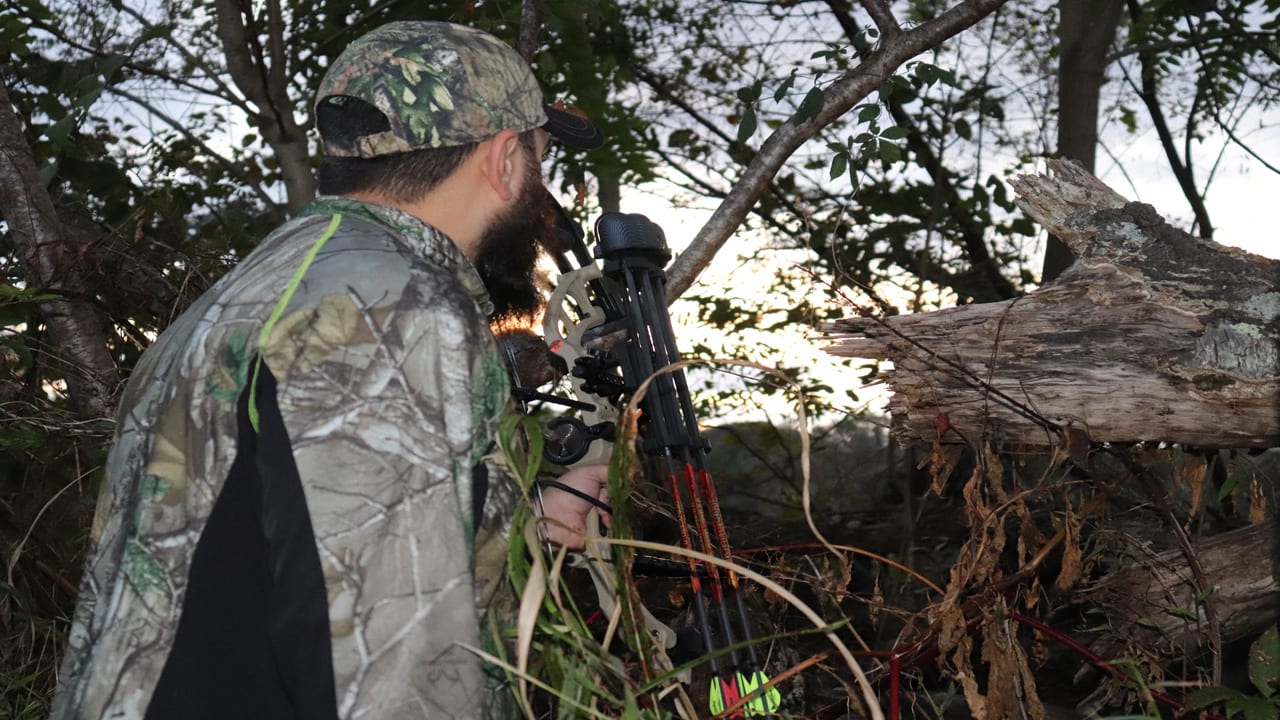
Sometimes getting aggressive means going where you typically wouldn’t. By moving closer to doe bedding areas, you put yourself in a prime location to catch bucks cruising.
Aggressive Rut Hunting Tactics – Conclusion
We anxiously look forward to those frosty November mornings with great expectation of what might come. Everything changes in the deer woods at this time, and to be successful, your hunting approach should be changing as well. By adjusting your hunting strategy to better mirror the aggression that the rut itself displays in abundance, you will be well on your way to making the most out of one of deer season’s most exhilarating time frames. During the rut, the passive hunter watches idly as the cards fall where they may. The aggressive hunter goes all in, in an attempt to make their knowledge of deer behavior pay big dividends.

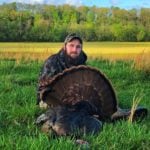 By
By 



